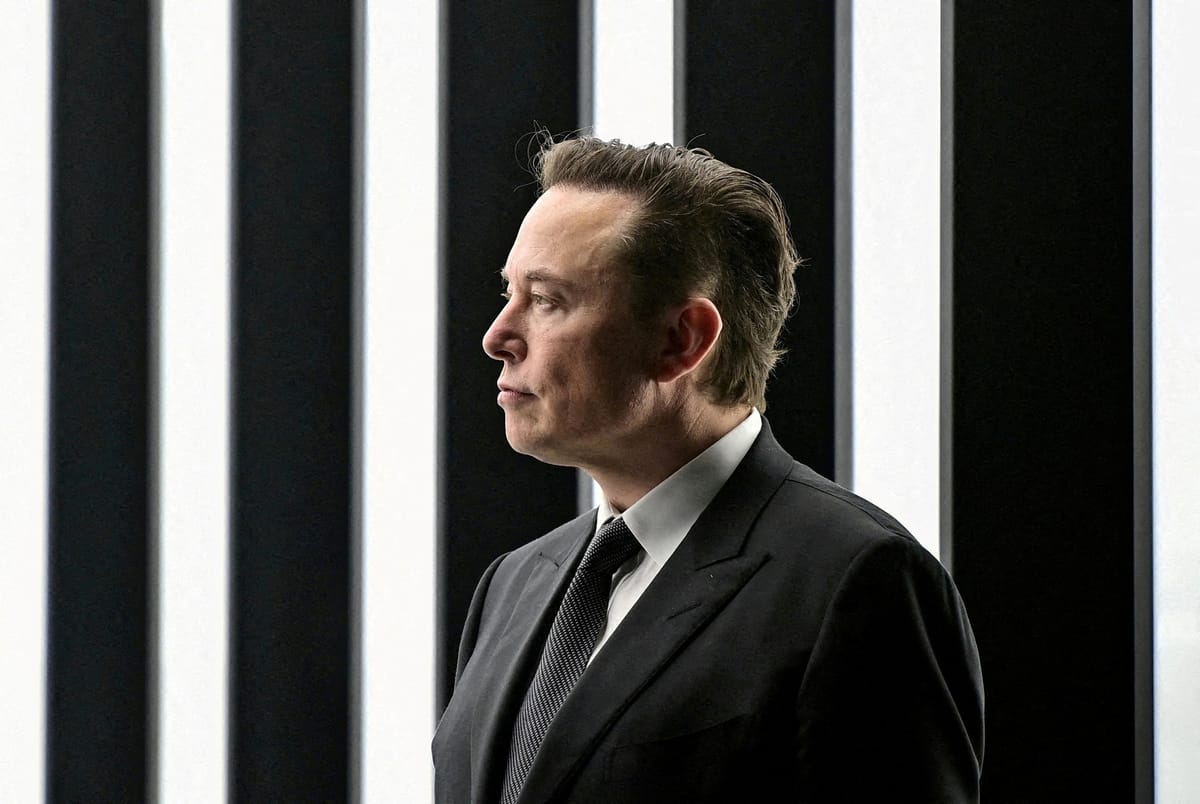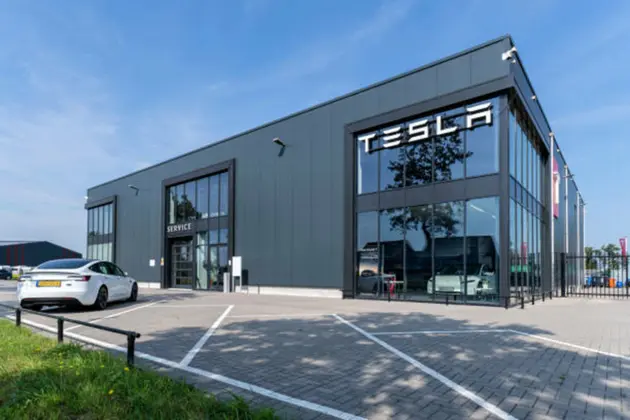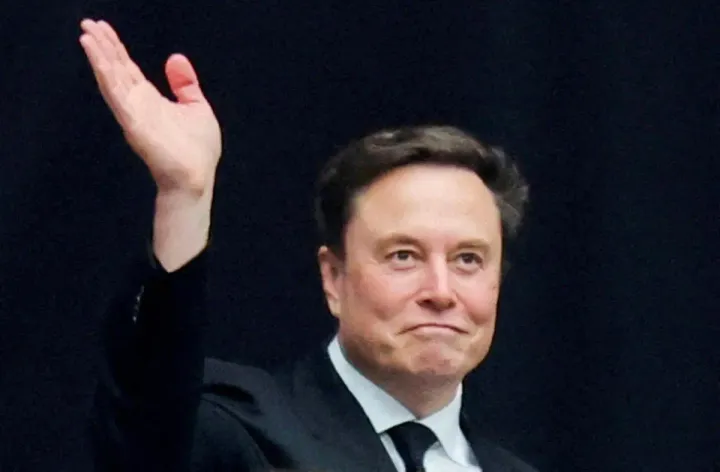Elon Musk Could Earn Billions from Tesla Even Without Delivering on Big Promises

Elon Musk’s Tesla Pay Deal: Billions on the Table Without Hitting Big Goals
Tesla has offered Elon Musk a jaw-dropping new pay package—one so big it could be worth $878 billion over the next 10 years. The company’s board called it the most ambitious executive compensation plan in history, tying his rewards to massive goals like building fleets of robotaxis, selling millions of humanoid robots, and transforming Tesla into a global AI powerhouse.
The catch? He’s supposed to get nothing if he doesn’t deliver. At least, that’s the promise.
But a deep look into the fine print tells a different story. According to an analysis by Reuters and multiple experts in executive pay, robotics, and autonomous vehicles, Musk could walk away with tens of billions of dollars even if he misses many of these moonshot targets.
Let’s break it down.
The Promise: “Mars-Shot” Milestones
When Tesla’s board announced the proposed pay package for Musk, they reassured investors that he’d need to achieve revolutionary goals to earn anything. The idea was simple: if Musk completely transforms Tesla—and society—he gets rewarded. If not, he gets zero.
The board said the plan would push Musk to deliver huge advances in robotics, driverless cars, and AI, as well as grow Tesla’s stock and profits at unprecedented levels.
But as it turns out, the path to Musk getting paid might be much easier than it sounds.
The Reality: Billions Without Revolutionizing Tesla
According to the analysis, Musk could earn over $50 billion just by meeting a few of the more achievable goals—many of which are vague or based on metrics he’s already close to hitting.
For example:
- Selling 1.2 million vehicles per year—a figure Tesla already passed in 2024. Just keeping that average going over the next decade could earn him $8.2 billion.
- Combine that with modest growth in Tesla’s stock—say, a rise from $1.4 trillion to $2 trillion by 2035—and he’s in line for a $26 billion payout.
- Achieving three relatively easy targets and a $3 trillion market cap could bring Musk over $54 billion, even without delivering truly autonomous cars or revolutionary robots.
That’s more than the combined lifetime earnings of some of the world’s top tech CEOs—including Mark Zuckerberg, Tim Cook, and Jensen Huang.
How the Goals Are Set Up
Vehicle Sales Goals
Four auto industry experts told Reuters that Tesla’s vehicle sales targets are actually “exceptionally easy” to hit. Musk could meet them just by maintaining Tesla’s current sales level—or even slightly less.
Tesla recently released cheaper versions of its Model 3 and Model Y to try to boost declining sales, making it even more likely they’ll hit the sales numbers outlined in Musk’s package.
Full Self-Driving (FSD) Subscriptions
Another goal grants Musk a 1% stock reward if Tesla hits 10 million FSD subscriptions. But here’s the twist: FSD doesn’t have to be truly autonomous.
Instead, the language only requires an “advanced driving system”—a term with no clear industry definition. Experts say Musk could hit that goal by dropping the price of the FSD feature (currently $8,000 upfront or $99 per month) or bundling it with vehicles.
That alone could net him billions.
Robotaxis and AI Robots
There are also goals for deploying:
- 1 million robotaxis in commercial use (though the rules don’t clearly state whether the cars need to be truly driverless),
- And 1 million AI-powered “bots”, which could include any robot with mobility—not necessarily the humanoid robots Musk has shown off in flashy demos.
Again, the definitions are vague enough to allow a wide range of interpretations. Industry experts say that the lack of clear wording could allow Musk to hit these targets without delivering on the high-tech, sci-fi vision many investors imagine.
What About Profits?
Here’s where things get tougher for Musk.
Tesla’s board did set some serious profit goals—eight levels ranging from $50 billion to $400 billion in earnings (before interest, taxes, depreciation, and amortization). For reference, Tesla made $16.6 billion in 2024.
But Musk doesn’t have to hit those to make billions. Every goal in his package, whether it’s related to profits, product launches, or subscriptions, is tied to a 1% stock reward—so easier goals like vehicle sales or vague product definitions can earn him the same payout as major profit increases.
And with Tesla’s core electric vehicle business struggling—aging models, increased competition, and the Cybertruck underwhelming—hitting those top profit targets may be the hardest part of all.
Will Tesla’s Valuation Goals Be Easy?
Possibly.
Some analysts believe Tesla’s stock could reach $2 trillion or even $3 trillion over the next decade with just average market growth. That means Musk might collect tens of billions without creating anything new—just by riding the wave of general market trends.
For instance, the S&P 500 has grown about 8.5% per year for the last 30 years. If Tesla’s stock grows just 6.4% annually, it could hit the $2 trillion mark Musk needs to unlock major payouts.
In short, the bar for valuation may not be that high.
Investors Still Believe in Musk—For Now
Despite the fuzzy language and easier-than-they-sound targets, many investors and Tesla supporters are backing Musk’s package. The Tesla board argues that Musk is the only one capable of leading the company into the AI-driven future they envision.
But not everyone agrees.
Some corporate governance experts warn that the board is giving Musk too much power, tying the company’s future too tightly to one individual. And while Musk claims this package is more about influence than money, others point out that $50 billion is still $50 billion—no matter the motivation.
The Bottom Line
Musk’s new Tesla pay package is being pitched as all-or-nothing—huge rewards only if he achieves world-changing results. But a closer look reveals that he could still walk away with billions, even if he never delivers driverless Teslas, humanoid robots, or massive profits.
Whether shareholders continue to support him will depend not just on financial results, but whether they believe Musk is still the visionary who can take Tesla into the future.



